Choosing the right kind of rain gear is crucial for construction workers. In an industry where projects often have tight deadlines, rain or shine, workers need the assurance of staying dry and comfortable under any weather conditions. Unpredictable weather can no longer serve as a hindrance to productivity if workers are equipped with the appropriate rain gear. Thus, understanding the different types of rain gear materials available and their specific advantages will be a significant aspect to consider. This article will guide you through an extensive range of rain gear materials, recent advancements in rain gear technology, sustainable and eco-friendly options, and key features to look for when making your choice.
Overview of Rain Gear Materials
When those gray clouds roll in and the heavens finally open, everyone appreciates the functionality of reliable rain gear. Unfortunately, not all rain gear is created equal and this is primarily due to the type of material used in their construction. Certain materials are renown for their waterproof qualities and durability, with the likes of Gore-Tex, Nylon, Polyester, and PVC-Coated fabrics leading the pack.
Gore-Tex
Unarguably one of the most popular materials used in the manufacturing of rain gear is Gore-Tex. What sets Gore-Tex apart is its unique construction. It consists of strategic layering of materials that allows for water repellence on the outside, while providing breathability on the inside. This ensures not only that you stay dry on wet days, but also comfortable by preventing overheating.
Nylon
Next, we have Nylon. Nylon is a synthetic material famed for its exceptional durability and resilience. It is highly resistant to daily wear and tear -- making it the ideal material for individuals who frequently engage in outdoor activities despite the weather conditions. Additionally, its ability to dry quickly ensures that you don't stay wet for long after the rain stops.
Polyester
Polyester is another synthetic material commonly used in rain gear. Similar to Nylon, it is known for its durability. However, what sets polyester apart is its resistance to UV radiation and its ability to maintain colors for a longer time, making it excellent for those who are fashion-conscious.
PVC-Coated
Lastly, we have the PVC-coated fabrics. Fabrics coated with PVC are virtually waterproof, making them exceedingly effective at shielding you from the rain. The PVC coating also enhances the durability of the fabric, ensuring you get a good lifespan out of your rain gear.
It's important to note that the materials as mentioned earlier have also been recommended for construction workers due to their waterproof and durability qualities. Therefore, the next time you are in the market for new rain gear, remember to put into consideration the material of the gear. Taking this into account will ensure that you not only stay dry during a downpour but also get good value for your money.
Advancements in Rain Gear Technology
The advent of advanced rain gear technology has dramatically shifted the way we protect ourselves from the elements, ushering in a new era of comfort and convenience. This section explores the recent advancements in rain gear technology, focusing on the game-changing materials and designs that have redefined protection from the rain. These developments ensure we stay dry and comfortable, whether we're hiking in a drizzle or caught in a downpour in the city.
Lighter and More Breathable Materials
The journey in rain gear development has led to the discovery and use of lighter and more breathable materials. Gone are the days when wearing rainproof attire felt like wearing a sauna suit - uncomfortable and hot. Today's technologically crafted materials strike a perfect balance between keeping the rain out and letting the body breeze. Some of the noteworthy materials include:
- Nanofabrics: These fabrics are constructed with miniature fibers, forming a tight network that stops water ingress while allowing sweat vapor to escape.
- Ventile cotton: Although an older material, updated production methods have made Ventile cotton more water-resistant and breathable than ever.
- Polyester materials: Enhanced polyester materials have been engineered to be lightweight and transfer moisture away from the body, reducing discomfort in humid conditions.
It's important to note that these materials have revolutionized the way manufacturers construct rain gear, delivering a product that doesn't just withstand the elements, it also offers comfort and breathability.
Packable While Remaining Rain-Proof
Another fascinating advancement in rain gear technology is the development of packable yet rain-proof gear. Yes, you read that right – you can now pack your rain gear like any other clothing item without losing its rain protection qualities. Largely thanks to the materials mentioned above, you can roll up your raincoat into a tiny package, effortlessly fit it in your bag, then unroll it when bad weather strikes. The convenience offered by this technological innovation is undeniable.
Use of Fluoropolymer Materials
Lastly, let's explore the use of fluoropolymer materials in modern rain gear. Fluoropolymers are plastics with a high resistance to solvents, acids, and bases. When used in rain gear, they provide an unbeatable level of weather-resistance. They are also incredibly durable, capable of withstanding considerable wear and tear without losing functionality.
To sweeten the deal, fluoropolymer materials are also stain-resistant, providing the added benefit of keeping your gear looking fresh even after prolonged use.
In the end, these advancements make rain gear not just about survival, but about thriving under any weather conditions - something we can all appreciate. These innovations provide the benefits of comfort, convenience, and durability, redefining our relationship with the rain.
Sustainability and Eco-Friendly Rain Gear
With climate change knocking at our doors, the need of the hour is to adopt sustainable and eco-friendly practices in every aspect of life, including our choice of clothing and gear. Today, we'll dive deep into the world of sustainable rain gear, focusing on innovations in raincoat materials that not only save our planet but are also kinder to our health.
New, PFAS-Free Materials
PFAS, or perfluoroalkyl and polyfluoroalkyl substances, are chemicals widely used in rain gear due to their water and stain-resistant properties. However, they come with a price as there's growing concern over their potential environmental and health impacts. You'd be glad to know, though, that manufacturers are actively working to develop new, PFAS-free materials for raincoats.
This is where scientific advancements and sustainability align for the good of all. Thanks to intense research and development, new materials are emerging from labs and experimental spaces, all of which boast of being PFAS-free while still providing superior water resistance. Giving consumers the ability to stay dry without compromising their health or the environment.
Recycled Polyester and Its Durability
As we delve deeper into the sustainable fabric realm, we must discuss an underrated super-hero: Recycled Polyester. It's a sustainable fabric that has been gaining momentum in the fashion industry, not only for rain gear but also for various other outfits.
Recycled polyester is made by melting down existing plastic and re-spinning it into new polyester fiber. This way, it diverts plastic from landfills and decreases the need for petroleum extraction, thus causing less air, water, and soil contamination than virgin polyester.
What makes it perfect for rain gear, though, is its highly durable and water-resistant properties. Contrary to misconceptions, recycled polyester does not weaken or lose its functionality with recycling. Instead, it holds strong, guaranteeing high performance while cutting down on environmental pollution.
So, the next time you're shopping for rain gear, be sure to look out for PFAS-free materials and recycled polyester options. You'll not only be doing your bit for the planet but also enjoy reliability and durability, all knitted into your stylish rain gear.
Considerations for Choosing the Right Material
Making an informed decision about the right material for your rain gear requires careful thought. Materials for rain jackets, pants, or boots must offer pivotal features like waterproof capability, an abiding resilience to harsh substances, a durable structure and a lasting lifespan.
Waterproof Capability
It goes without saying that rain gear should excel at keeping you dry. Certain materials such as breathable nylon and polyester have an edge in this territory. They are frequently utilized due to their effective water shedding capabilities. However, waterproofing isn't synonymous with being incapable of letting air pass, and that's where 'breathability' comes into play. The right material should permit air circulation to avoid moisture from building up inside.
Abrasion and Chemical Resistance
Venturing out in the rain, especially on adventures, may expose your gear to a variety of harsh substances or rough surfaces. For this reason, abrasion and chemical resistance is an essential attribute of rain gear material. This is where materials like neoprene and nylon take center stage, offering a high resistance to abrasion and exposure to harsh chemicals.
Multiple-Layer Construction
A multiple-layer construction is a vital factor when considering the longevity and effectiveness of your rain gear. It ensures durability, provides insulation, and enhances waterproofing. With multi-layered construction, the outermost layer can shed water, the middle layer can be water-resistant and breathable, and the innermost layer can provide comfort while wicking moisture away.
Sealed Seams for Longevity
Lastly, pay attention to whether the material's seams are sealed. Sealed seams prevent water leakage through the tiny holes made by sewing needles during the gear construction process. Regardless of the quality of the material, if the seams aren't sealed, your gear might not last long or keep you dry.
In summary, the perfect material for your rain gear should comprise a mix of these characteristics. By taking into account these considerations, you can make an educated decision while purchasing your next rain gear to shield yourself from the showers. Remember, an appropriate material has a significant impact on the gear's overall performance and durability.
Conclusion
When it comes to selecting the right rain gear material, it's more complex than just darting out into the rain. An informed choice requires understanding different materials, their properties, and the technology involved in making the garment waterproof, breathable and durable. Whether it's the sheer toughness of Gore-Tex, the lightness of nylon or the affordability of PVC-coated fabric, each material brings with it unique positives and downsides.
The top consideration for construction workers, though, will always be the gear's performance in varied weather conditions. Comfort, movability, and longevity should also weigh in on the decision.
Fortunately, the advancements in rain gear technology and sustainability efforts in recent years make the decision easier. These progressions mean there are more choices than ever to suit different needs, preferences, and budgets. Not only do today's materials offer better protection, they also put lesser strain on our environment.
Eventually, the ideal rain gear, especially for construction workers, remains a balance between comfort, durability and protection.
Always remember: The right rain gear is not an expense; it's an investment into your safety and productivity. If you are on the lookout for high-quality, eco-friendly and 100% waterproof rain gear, check out the range offered by Hurricane Raingear. Made using North American materials and designed for unrestricted movement, our products have won admiration from thousands of customers for their durable performance in even the most challenging weather conditions.
We can't stop the rain, but we can definitely make sure it doesn't stop you!
Frequently Asked Questions
-
What are the common materials used in rain gear for construction workers?
Some common materials used in rain gear for construction workers include PVC (polyvinyl chloride), rubber, nylon, and polyester. These materials provide water-resistance and durability to protect workers from rain and harsh weather conditions.
-
What is the difference between PVC and rubber rain gear?
PVC rain gear is made from a synthetic plastic material that is lightweight, affordable, and flexible. Rubber rain gear, on the other hand, is made from natural rubber and is known for its excellent waterproof properties and durability. Both materials offer good protection, so the choice depends on personal preference and specific needs.
-
Is nylon rain gear a good choice for construction workers?
Yes, nylon rain gear is a popular choice for construction workers. It is lightweight, breathable, and provides excellent water resistance. Nylon rain gear is known for its durability, flexibility, and resistance to wind, making it suitable for outdoor work in various weather conditions.
-
What are the advantages of polyester rain gear for construction workers?
Polyester rain gear is known for its excellent water resistance, durability, and breathability. It offers good abrasion resistance and can withstand harsh outdoor conditions. Polyester rain gear is also lightweight and has good resistance to UV rays, making it a practical choice for construction workers.
-
How do I choose the right rain gear material for construction work?
When choosing rain gear for construction work, consider factors such as the expected weather conditions, durability requirements, comfort, and budget. Assess the pros and cons of different materials and select one that offers the best combination of water resistance, durability, flexibility, and comfort for your specific needs.



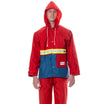
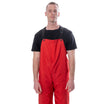
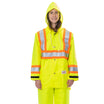
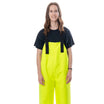
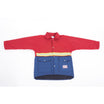
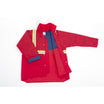

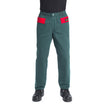
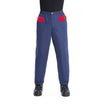
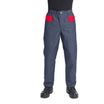
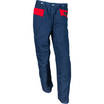
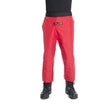
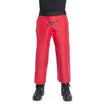
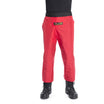
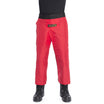


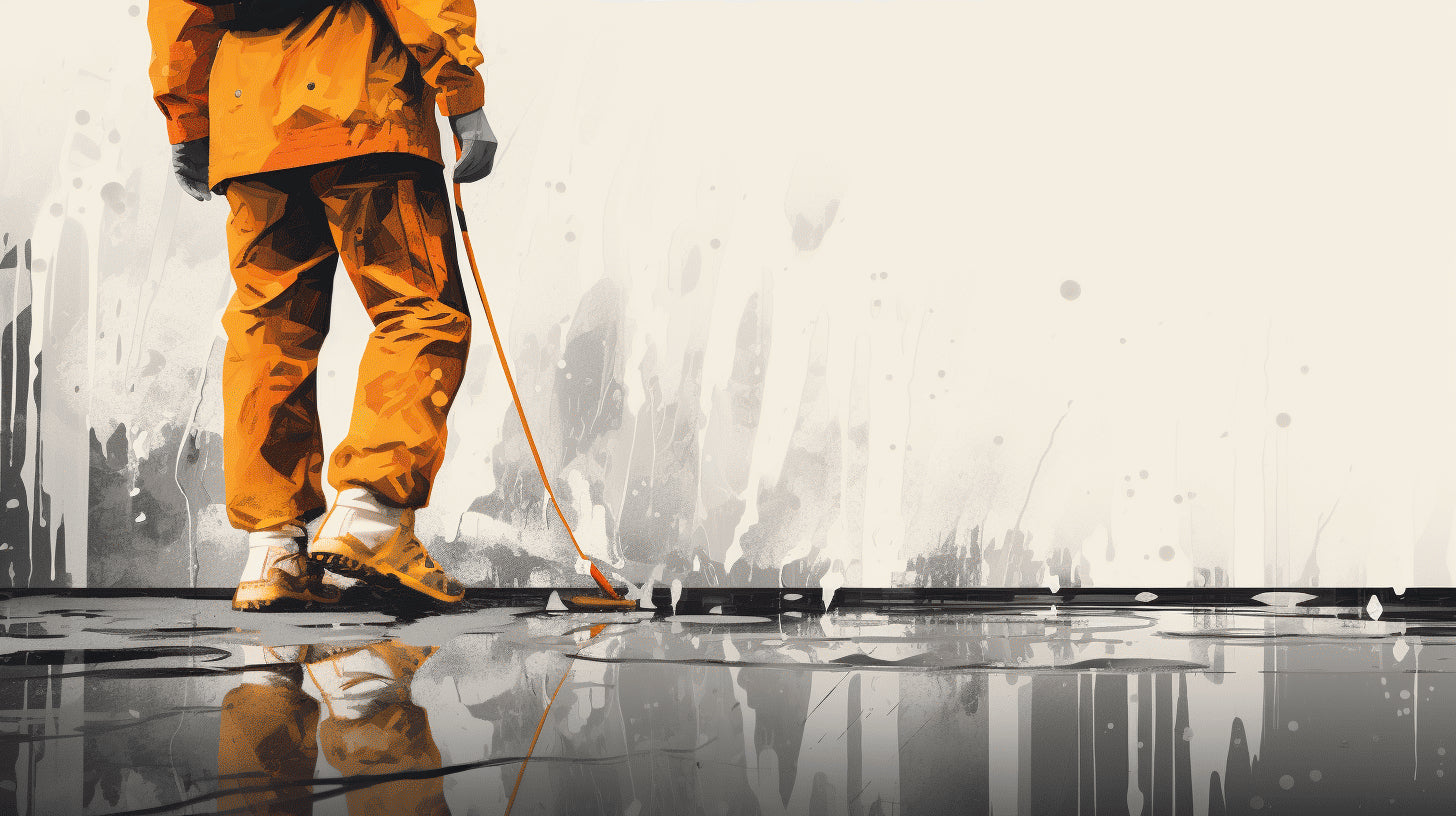
Leave a comment
This site is protected by hCaptcha and the hCaptcha Privacy Policy and Terms of Service apply.